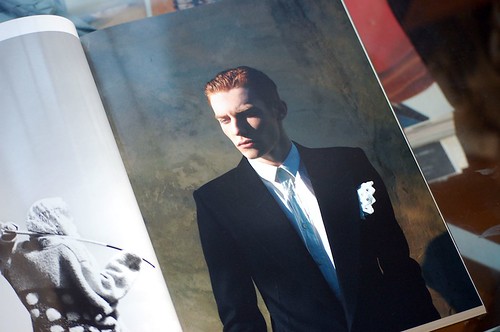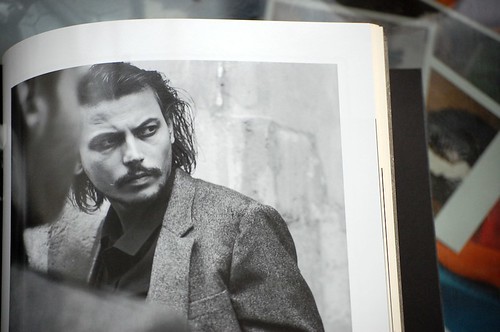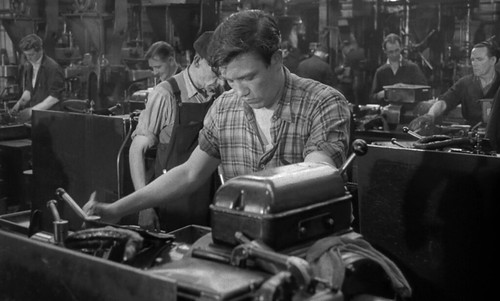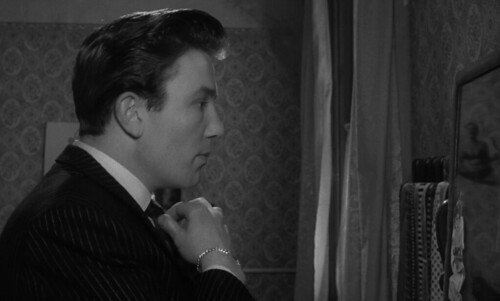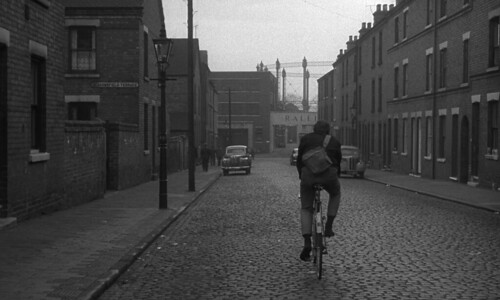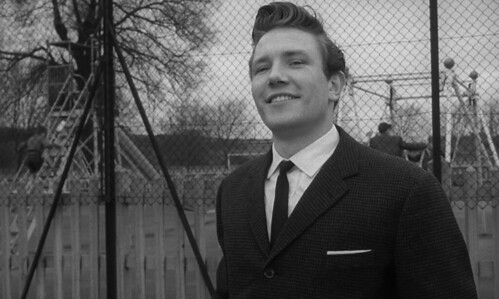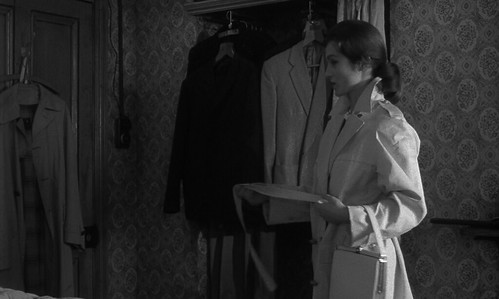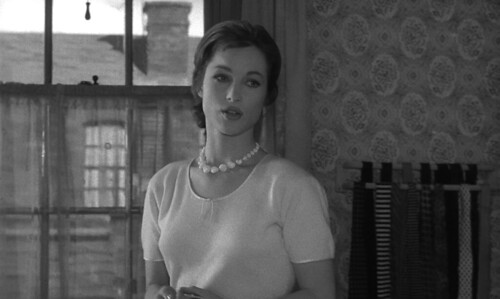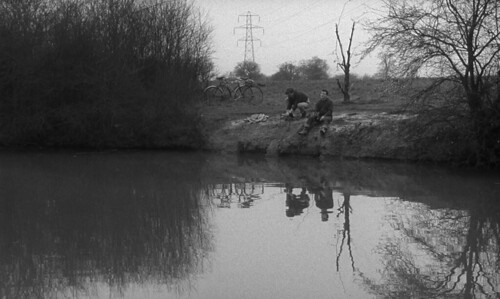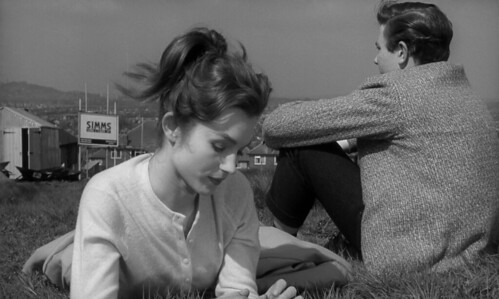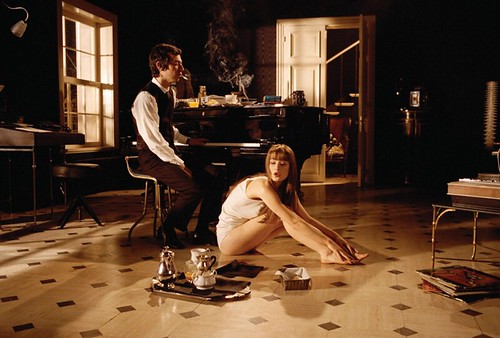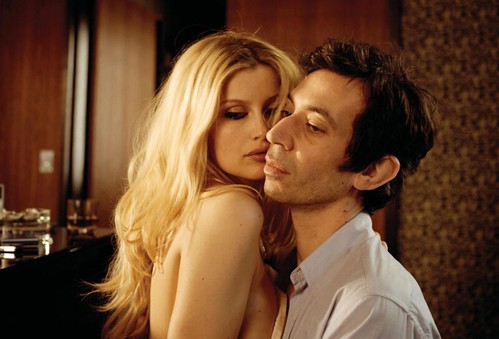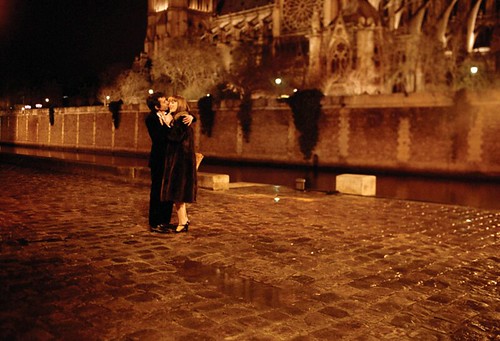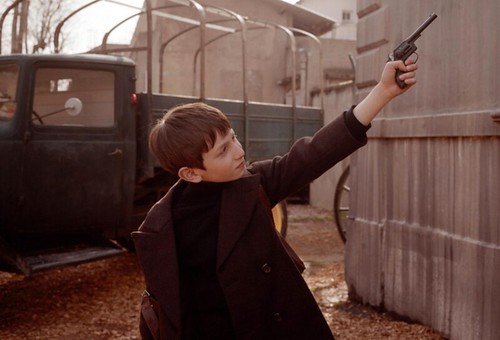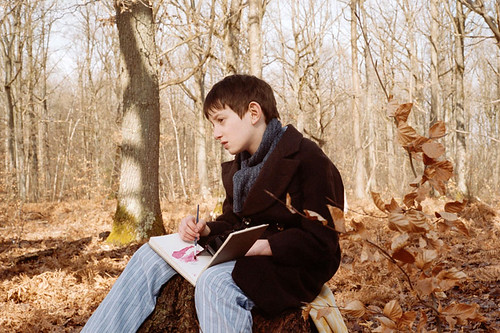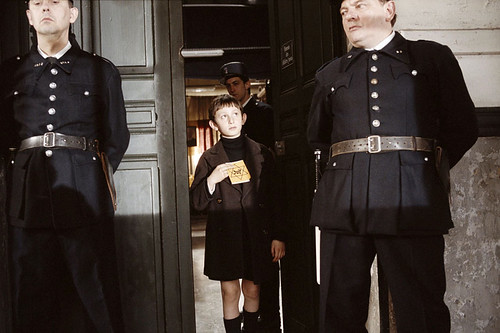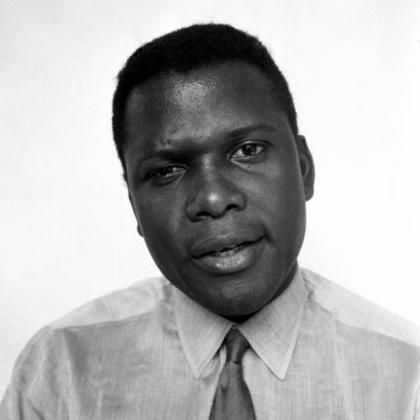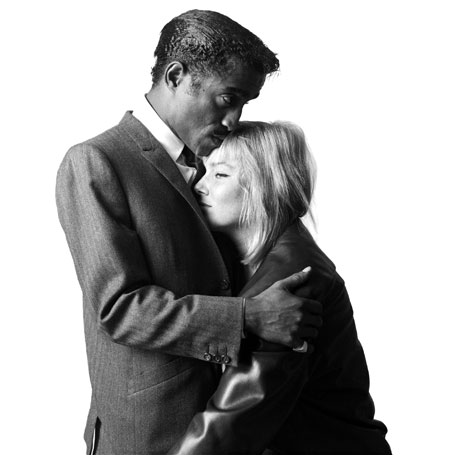With their scandalous outfits and behaviour, a group of young and privileged bohemians captivated, angered and fascinated inter war period Britain. These 'Bright Young Things' as they were coined by the press, threw elaborate fancy dress parties, chased through nighttime London on treasure hunts, drank heavily and experimented with drugs. All tales of sights seen and even a few fabricated were all enthusiastically divulged on the pages of the tabloids. During the 20s and 30s, Stephen Tennant was an important member of this group. Indeed he was oft described as the 'brightest' of these 'Bright Young Things'. He is widely considered to be the model for Cedric Hampton in Nancy Mitford's novel Love in a Cold Climate along with being one of the inspirations for Lord Sebastian Flyte in Waugh's Brideshead Revisited. This weekend, as real Autumn settles in, I've turned to Phillip Hoare's 'Serious Pleasures: The life of Stephan Tennant' for company and to learn a little more about the man behind the decadence.
Phillip Hoare, intrigued by this era of explored excess and Jazz age glamour spotted the frequent reference of Tennant but it was a Cecil Beaton profile shot that turned his interest in to an obsession. "The reason why I wrote about Stephen Tennant was that he was the embodiment of a fantastical world that I had inhabited throughout my mid-adolescence – a world that, for me, stretched from the Ballet Russes on the one hand to David Bowie's Jean Genie on the other" purred Hoare. Stephen Tennant had looked like David Bowie back in 1927. Gold dust shimmering in his hair and with an extraordinary leather coat with chinchilla fur collar nonchalantly worn over an Anderson and Shepherd suit. He was an alien in Mayfair. The resonance of Tennant's image - its alien androgyny somehow surreal in the environs of Smith Square - reached far beyond its years. Many were enthralled at the time but three generations later and Hoare was still mesmerised when he dedicated four years of his life to this wonderful biography of the Edwardian aesthete. Like Hoare, I've marvelled at Beaton's imagery of this intriguing world and read reference of its poster boy and I'm looking forward to finding a little more about the man. However, before I bury my head in its pages, I want to share a few of the images that accompany Hoare's words....
Photographs that catch the eye and capture the imagination litter this well researched biography.
Looking at these shots it is clear that Tennant’s outfits teasingly danced and boyishly bounced from the indulgently luxe extravagance to the theatrical, gender-blurring fancy dress. I'll no doubt be reading about this bright young thing throughout the weekend and beyond but before I do, I just want to leave you with an example of the fascinated gossip that was penned in the press during Tennant's peak...
"The Honourable Stephen Tennant arrived in an electric brougham wearing a football jersey and earrings."
William Hickey, Daily Express, 1927.















